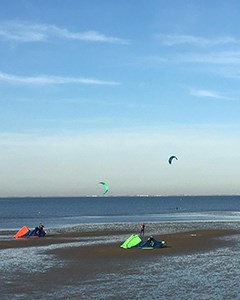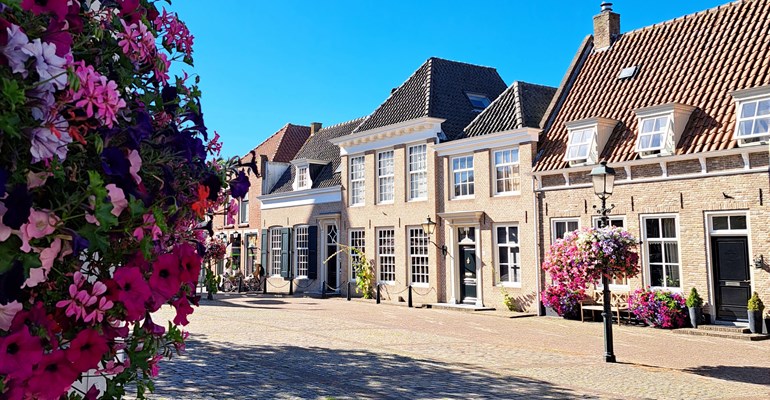
Oesterdam
Activities

Of all the islands in Zeeland, Tholen and Sint Philipsland are the least discovered. Sint Philipsland is the smallest island in the province and is bordered by neighbouring Tholen in the south. We use the word ‘undiscovered’, since there is much to see on the two islands, which are must less crowded than the others. As such, Tholen and Sint Philipsland are uncommonly beautiful. Curious to find out what you can do here? If so, you can read more here: eilandtholen.nl. Those who want to enjoy Tholen and Sint-Philipsland for a bit longer can also have a great overnight stay here.
If you’re looking for mudflats, salt marshes and old sand bars, you’ll find them in Sint Philipsland at Slikken van de Heen. The ever-shifting landscape in this wildlife haven consists of a semi-open landscape, in which wooded areas alternate with scrub. Before you know it, it’s likely you’ll come face to face with grazing animals, such as cattle, konik horses and bison. There are a number of waymarked trails in the nature reserve you can follow.
Are water sports your thing? If so, Oesterdam is just the place for you. You can paddleboard and sail, take a RIB ride or simply book a boat trip here. Check out all the activities at Oesterdam here.
If you’d rather keep your feet firmly on the ground there are plenty of other activities to keep you occupied. The countryside in Tholen and Sint Philipsland is characterised by green open spaces, ancient dykes, windmills, farmsteads and unspoilt village centres. Just perfect for a stroll! Did you know that there is only one set of traffic lights in the whole of Tholen? Check out the cycles routes in Tholen or in Sint Philipsland. For hiking enthusiasts we have listed all the hiking trails here.
In addition to all these outdoor activities, these islands have their own culture to discover too. Visit one of the ancient windmills and museums, which bring the history of this fascinating region to life. For example, De Meestoof local museum. Another tip is to take a stroll through any of its villages and admire the preserved and listed buildings which line their streets.
Tholen can also serve up culinary specialities. You will come across many charming restaurants and vendors of delicious regional produce and fresh fish. Read more about culinary Tholen.